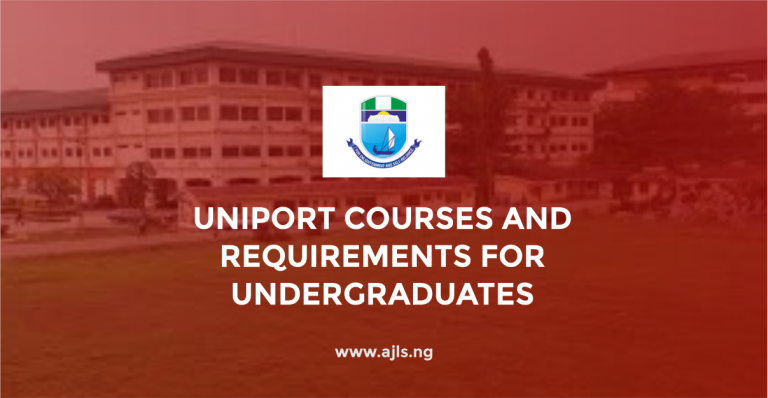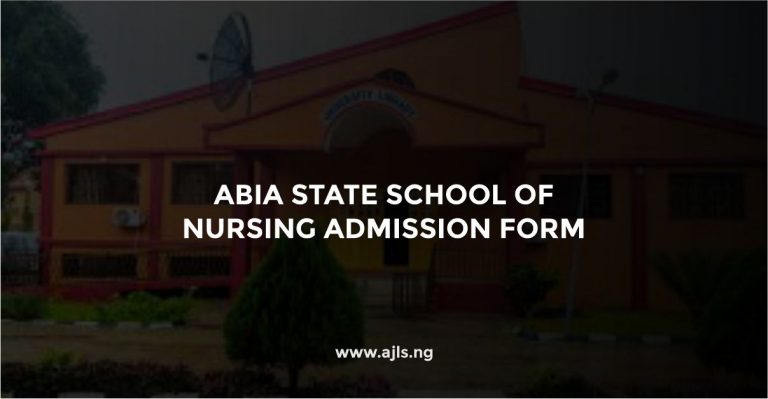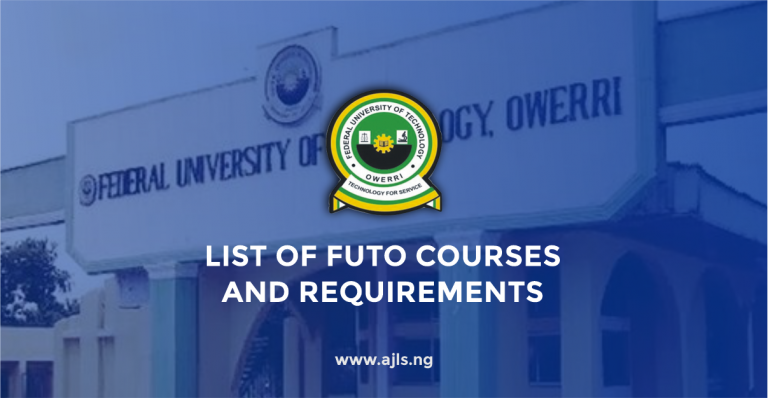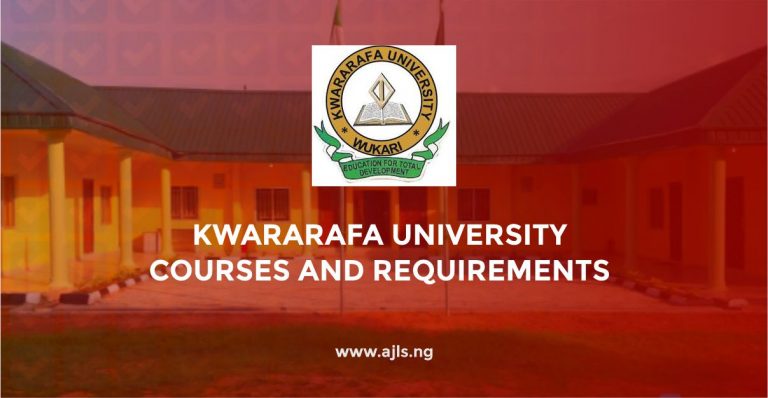WAEC Syllabus for Music 2025

The West African Examinations Council (WAEC) conducts examinations that assess students across various subjects, including Music. The WAEC Music syllabus assesses a student’s comprehensive knowledge and understanding of music, from its theoretical foundation to practical application.
This guide outlines the key components of the WAEC syllabus for Music, providing a detailed overview of what students should expect and how they can effectively prepare for the examination.
If you always needed a guide on how to prepare for the forthcoming WAEC, kindly read this information below carefully and make sure you study all the recommended materials on time before the exam date approaches. Good luck with your exams!
WAEC Syllabus for Music
The WAEC Music syllabus aims to assess students’ proficiency in both theoretical and practical aspects of music. The exam is structured to evaluate students’ understanding of musical principles, their ability to perform, and their knowledge of different musical forms, genres, and music history.
The WAEC Syllabus for Music is divided into several areas of study, including:
- Theory of Music
- Practical Music
- Musical Forms and Styles
- Music History
- Music Technology
- Aural Skills
1. Theory of Music
The theory of music forms a fundamental part of the syllabus, focusing on understanding the basic elements of music. This includes the study of musical notation, scales, intervals, harmony, and rhythm.
Key Areas Include:
- Musical Notation: Students are expected to understand and read musical symbols, including notes, rests, clefs, time signatures, and dynamics.
- Scales and Intervals: Knowledge of major and minor scales, as well as the ability to identify and construct intervals, is critical.
- Harmony: This involves understanding chords, chord progressions, and the relationship between different harmonies in music.
- Rhythm: Students should be able to read and write rhythmic patterns, understand different time signatures, and apply rhythmic techniques in musical compositions.
2. Practical Music
The practical aspect of the syllabus assesses students’ performance skills. Students are expected to demonstrate proficiency in playing an instrument, singing, or both. The focus is not just on technical ability, but also on expressiveness, interpretation, and musicality.
Key Areas Include:
- Instrumental Performance: Students are required to demonstrate competence on an instrument, typically chosen from categories such as keyboard (piano), strings, percussion, or wind instruments.
- Vocal Performance: Students can opt to showcase their vocal skills, focusing on breath control, pitch, and tone quality.
- Sight-Reading and Aural Skills: The ability to sight-read and recognize musical intervals, melodies, and rhythms are essential components of the practical exam.
- Musical Interpretation: Students are encouraged to interpret pieces with musical expression, displaying an understanding of the composer’s intentions and the context of the work.
3. Musical Forms and Styles
An understanding of the various musical forms and styles is an essential part of the syllabus. Students are expected to be familiar with different genres of music and the structures that define them.
Key Areas Include:
- Classical Forms: Knowledge of common classical forms such as sonata form, theme and variations, and rondo.
- Popular Music Forms: An understanding of contemporary music structures like pop, jazz, blues, and rock, and how they compare to traditional music forms.
- African Music: A focus on indigenous African musical forms, instruments, and rhythmic patterns, highlighting their role in shaping the continent’s musical identity.
- Western Art Music: Students should study significant composers from the classical and romantic eras, as well as major developments in Western music history.
4. Music History
The study of music history allows students to understand the evolution of music across different periods and cultures. A solid grasp of music history enhances students’ contextual understanding of various musical works.
Key Areas Include:
- Development of Western Music: A chronological study of significant eras in Western music, including the Baroque, Classical, Romantic, and Modern periods.
- African Music Tradition: An exploration of the history of music in Africa, including traditional African instruments, vocal styles, and the role of music in cultural rituals.
- Influence of Music on Society: Students should be able to analyze how music has influenced and been influenced by society, politics, and cultural movements.
5. Music Technology
With the advancement of technology, an understanding of music technology has become essential. This component covers the use of digital tools and software for composing, producing, and recording music.
Key Areas Include:
- Music Production Software: Familiarity with software such as Finale, Sibelius, or other music notation and production tools.
- Digital Audio Workstations (DAWs): Knowledge of DAWs like Ableton Live, Pro Tools, or Logic Pro is advantageous, particularly for students interested in contemporary music production.
- Recording Techniques: Understanding the basics of sound recording, mixing, and mastering.
- Electronic Music: Students should learn about the role of synthesizers and electronic instruments in modern music.
6. Aural Skills
Aural skills are integral to the WAEC Music syllabus. This section tests students’ ability to listen to and analyze music, identifying key elements such as intervals, rhythm, and harmony.
Key Areas Include:
- Interval Recognition: Identifying musical intervals by ear.
- Melody and Rhythm Identification: Recognizing and transcribing melodies and rhythms.
- Harmonic Recognition: Understanding chord progressions and being able to identify harmony by ear.
- Score Analysis: Listening to a piece of music and analyzing its form, instrumentation, and structure.
Assessment Structure
The WAEC Music exam typically consists of both theoretical and practical components. The theoretical section assesses knowledge of music theory and history and the ability to analyze music. The practical section evaluates students’ performance skills, including sight-reading, musical interpretation, and technical proficiency.
- Paper 1: This paper focuses on the theoretical aspects, including questions on notation, scales, harmony, rhythm, and aural skills.
- Paper 2: This is the practical paper, where students are expected to perform on an instrument or demonstrate their vocal abilities.
- Paper 3: This paper often involves written analysis and essays on various music forms, history, and styles.
Preparation Tips for the WAEC Music Exam
- Whether performing on an instrument or practicing vocal skills, consistent practice is key to excelling in the practical exam.
- Dedicate time to understanding musical notation, scales, intervals, and rhythms. Regularly practice identifying intervals and writing scales.
- Develop strong aural skills by listening to different genres and analyzing their structures, rhythms, and harmonies.
- Study the different musical forms and historical periods covered in the syllabus. Knowing the key features of each period will help in writing essays and answering questions.
- Explore music production software and tools, especially if you are interested in modern music genres. Familiarity with DAWs and notation software can enhance your practical skills.
- Practice in front of teachers, peers, or family members to receive constructive feedback on your performance.
Conclusion
The WAEC syllabus for Music offers a comprehensive framework for assessing students’ musical knowledge and performance abilities. By focusing on theory, practice, history, and technology, the syllabus encourages a well-rounded understanding of music in its various forms. With consistent study, practice, and active listening, students can excel in the WAEC Music exam and develop a deeper appreciation for the art of music.
We hope this page has offered valuable insights and all the essential details for the upcoming 2025 West African Examination. For further information on WAEC registration and screening procedures, feel free to check back regularly, as we consistently share new updates. If you have any questions, drop them in the comment section, and we’ll respond promptly.





